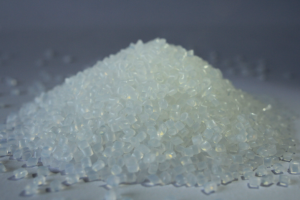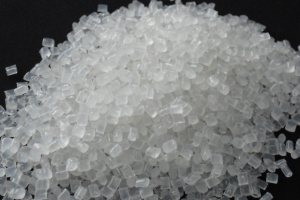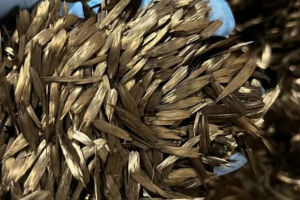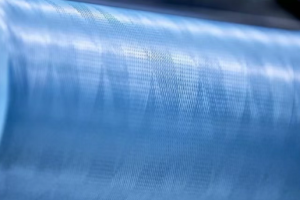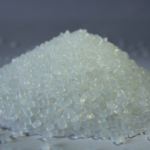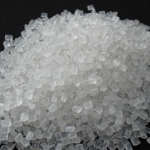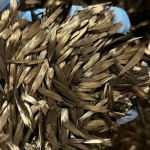【Color Masterbatch Industry Network】July 26 news, Plastic and microplastics have pervaded every corner of the Earth, even entering the human body, and their massive quantity is far beyond a simple measurement of 1000 or 2000 tons. In fact, the global per capita weekly intake of microplastics is approximately 5 grams, equivalent to the weight of a credit card, highlighting the severity of plastic pollution. However, we seem to have become accustomed to the presence of plastics in our lives, often overlooking the harms they pose.

Plastic pollution and climate change are closely intertwined. According to the Organization for Economic Cooperation and Development (OECD), plastic lifecycle emissions accounted for approximately 3.3% of global greenhouse gas emissions in 2019. Furthermore, plastic pollution contributes to a decline in biodiversity. The accumulation of plastic waste destroys natural habitats, rendering them unsuitable for native species. Simultaneously, many microplastics are mistakenly ingested by aquatic organisms, further destabilizing the food chain.
More alarmingly, plastics and microplastics are emerging as a growing health concern. Studies have revealed the presence of microplastics in human placentas and breast milk, particularly in Southeast Asia. Harmful substances contained in plastics can disrupt the body’s endocrine system, leading to hormonal imbalances and other health issues. Additionally, plastic pollution has severely impacted small island nations and remote areas, damaging the marine environment and affecting the health and sustainability of the fishing industry, thereby impacting local economies and ecosystems.
Despite the gravity of plastic pollution, plastics play an increasingly significant role in the global economy. As global attention to climate change intensifies, the oil industry may convert excess hydrocarbons into plastics to maintain their economic value and meet market demand. This implies a potential increase in plastic production in the future.
In the face of this challenge, the tourism industry, which relies on the natural beauty of the Earth and healthy ecosystems, has a responsibility and opportunity to take a leading role in reducing plastic pollution. The industry can prioritize reducing plastic usage rather than immediately seeking alternatives, and collectively address plastic pollution through team efforts. This requires the participation and collaboration of the entire industry to achieve true sustainable development.


